What Can You Do To Help Save Our Planet's Coral Reefs?
While the Great Barrier reef is not dead, it and other coral reefs are at a high risk of becoming extinct unless we all take action now.
Shares
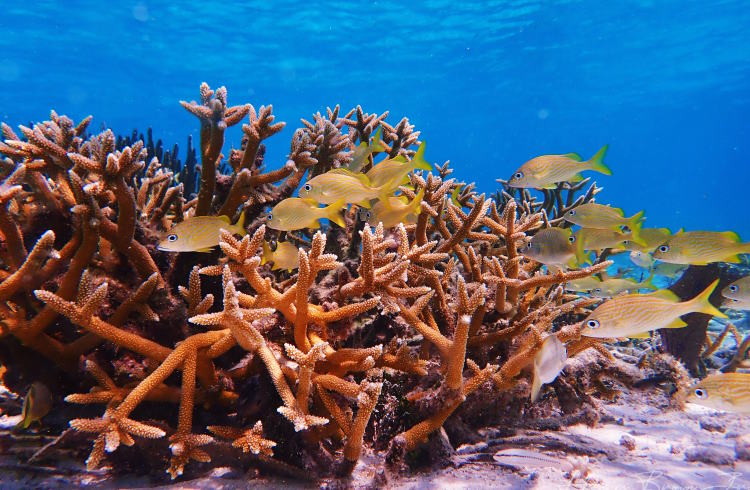 Photo © Henry Brown
Photo © Henry Brown
- Coral gardening
- Coral spawning
- Coral rehabilitation
- Knowledge generation and community involvement
- Awareness and citizen action
Over the past several years, headlines claiming the Great Barrier Reef is dead or dying have sent the world into an uproar. However, while the world’s largest coral reef system (which stretches for more than 1,400 mi (2,250km) off the coast of Queensland, in Australia’s Coral Sea) is not dead, the headlines did get something right: the future of the Great Barrier Reef is not secure.
The future isn’t looking bright for any of the world’s coral reefs. To put it grimly, if no action is taken, we could be living in a world without coral reefs by 2050. Take a moment to imagine living in a world where the oceans are depleted of their reefs, and all the life that thrives on them is gone, too, so that they can only be viewed in a tank at an aquarium. It sounds quite dystopian, doesn’t it?
Coral reefs are crucial ocean habitats that are the home, breeding grounds, and source of food for many marine creatures. Reefs contain the highest biodiversity on the planet, and with the disappearance of reefs comes the extinction of many aquatic plants and animals. The impact also reverberates to life on land, impacting local communities who rely on the reefs as a source of income, from fishing to tourism.
A planet without coral reefs doesn’t have to be the future, though. There is still time to preserve and regenerate coral reefs, and we are at a pivotal moment in marine conservation. In recent years, important steps have been taken to prioritize innovative action to preserve the future of our reefs and oceans. Knowledge and action have been put at the forefront of many ocean conservation agendas, and marine biologists and engineers, among other experts, have been busy researching and testing out innovative techniques in labs and in the ocean. Their tireless work gives hope to the future survival of coral reefs. The next few years will be crucial as the long-term impact of current research and innovations unfold. Coral conservation is a complex dance between repairing damage done by unsustainable marine tourism, overfishing, ocean waste, and mitigating the impact of climate change causing ocean temperatures to rise and bleaching coral.
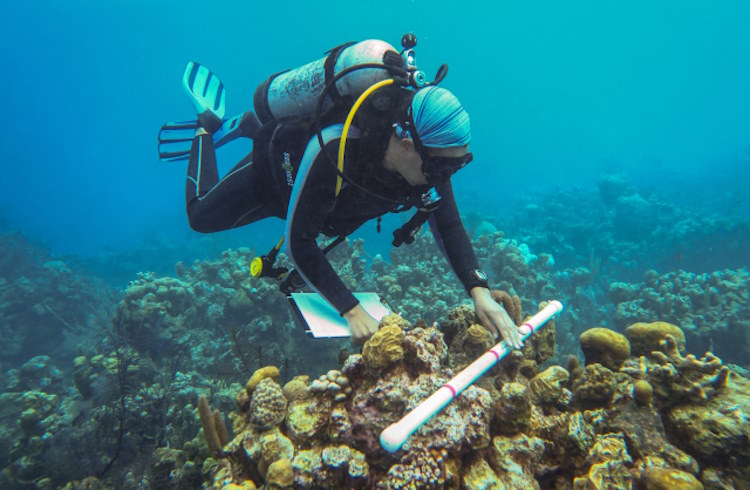
Coral gardening
Coral gardens are a phenomenal way to revive reef ecosystems in a protected setting. Nurseries provide a safe space where corals can be grown in large numbers and later transferred to reefs. Fragments of healthy corals are carefully collected from existing coral colonies, typically coming from coral fragments that have already been broken off due to natural causes. The fragments are then planted in the coral nursery, which are either floating or fixed structures that are designed to hold the coral fragments in place. Once the coral fragments have grown to a large and healthy enough state, they are out planted back onto damaged reefs.
Most coral nurseries are field based, in areas off-site from natural reefs. While field nurseries are relatively low cost and require less advanced technology, they also have disadvantages. They are susceptible to environmental extremes such as storms and warmer water temperatures, for example. Land based nurseries are more easily monitored and can be sheltered from external forces like disease and bleaching, however, are much more complicated.
A growing number of organizations, including the Reef Restoration Foundation in Queensland, Australia, are dedicated to planting coral in gardens. Coral Gardeners (CG) is another organization paving the way in coral nurseries. Initially started on the island of Mo’orea in French Polynesia, Coral Gardeners has developed a comprehensive strategy to tackle reef restoration through a coral adoption and replanting program that allows anyone to adopt a coral for the team to plant. So far, its team of gardeners has planted more than 30,000 corals. The initiative also develops innovative tolls at CG Labs to scale up reef conservation, refine techniques, and monitor progress.
Coral spawning
The future of coral reefs is brightened by their ability to regenerate. This natural phenomenon by which corals reproduce and create new coral colonies is known as coral spawning. While there is no way to know exactly when it will take place, coral spawning is a yearly event that occurs around October or November in conjunction with the full moon and depends on specific conditions, including warm water. When it happens, the event is quite spectacular to witness. Corals release eggs and spawn into the water at the same time. The bundles rise to the surface, where the fertilization process starts. If it’s successful, the fertilized eggs will settle on the ocean floor and eventually creates new coral colonies. Coral spawning is imperative to the future of reefs, as the phenomenon helps maintain genetic diversity within the coral population, replenish damaged and depleted reefs, and restores the complexity and functionality of reefs.
Recently, a handful of scientists have begun using the power of nature to their advantage. Essentially, corals grown in nurseries are being used to help facilitate coral spawning. Using experimental techniques that were pioneered in Florida, the Reef Restoration Foundation transformed a coral fragment into to a reef colony that will continue to reproduce on its own. These corals were grown in Australia’s first coral nursery off the coast of Cairns on Fitzroy Island. In November of last year (2022), these nursery-grown corals spawned for the first time in the Great Barrier Reef.
“We planted coral cuttings in a degraded patch of reef and these pioneer species have grown to around 1m in diameter helping to create a healthy and complex habitat for various corals and marine life,” commented Marine Biologist and Master Reef Guide Azri Saparwan. “The spawning was a showcase of how the Great Barrier Reef generates new coral recruits each year as part of its regeneration process.”
Coral rehabilitation
From restoring damaged reefs to creating artificial reefs that allow the development of coral colonies, the numerous approaches to reef restoration and rehabilitation reflect a concerted and creative effort to tackle coral conservation. In 2010, Coral Quest was founded in Malaysia and currently operates in seven countries across Southeast Asia and the Indian Ocean. Its focused research has led to the creation of unique technologies and methodologies for non-invasive, natural reef rehabilitation of existing reefs. For example, Coral Quest collects broken coral and reattaches it to live rock with natural binding agents that dissolve after two weeks.
In a sea not too far away, Reef Magic, a sustainable marine tourism company off the Great Barrier Reef dedicated to the reef’s preservation, has been experimenting with the use of reef stars to help protect damaged areas of the reef. Reef stars were first conceptualized in 2011 by MARS, a purpose-driven company that began installing reef stars in South Sulawesi, Indonesia to provide a stable surface for corals to grow. Since this initial experiment, these limestone-coated steel structures have been used to help secure damaged reefs in Australia, Bali, and beyond. The first reef stars were placed on a part of Moore Reef off the coast of Cairns in June 2020, a project implemented by Reef Magic and GBR Biology, a team of marine biologists conducting research and leading educational snorkel tours on the Great Barrier Reef. Initially, the findings on Moore Reef show that Reef Stars increase coral growth or transform rubble dominated areas to coral dominated areas. In the past 18 months, there has been a 50% increase in coral growth.
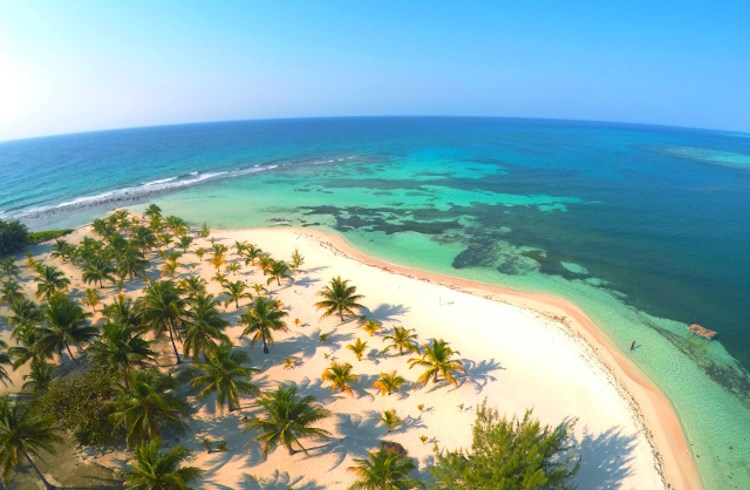
Knowledge generation and community involvement
With all the intensive research and innovations in the field of marine conservation comes a responsibility to share it with other countries and organizations. The Great Barrier Reef Foundation has been heading up a united, comprehensive approach to achieve the change needed through its Reef Recovery 2030 program. Improving water quality, restoring damaged reefs and coastal ecosystems, and the protection of at-risk reefs are among the target strategies, and 43 interventions complement these goals, including enhanced coral breeding, reducing the exposure of reefs to heat stress, and treatment of damaged corals.
Recently, a landmark partnership was initiated between UNESCO, the Great Barrier Reef Foundation and the Belize government to protect coral reefs and the communities that rely on them for their livelihoods. The strategy aims to safeguard the Belize Barrier Reef Reserve System, home to more than 1,400 species of plants and animals, from the impacts of climate change, overfishing, and unsustainable tourism. The scheme has a long-term plan that focuses on three main areas: restoring coral reefs, realizing the potential of blue carbon, and investing in sustainable livelihoods among local communities.
“We know that the solutions for coral reefs will not rest with one country or community, commented Anna Marsden, the Great Barrier Reef Foundation’s Managing Director. “Which is why the Great Barrier Reef Foundation has a global focus and works in partnership with Indigenous people and local communities that are on the frontline of the fight against climate change. By working with a united purpose, we can still have hope that people and planet can thrive.”
Awareness and citizen action
A holistic approach to safeguarding the future of coral reefs is non-negotiable. From Coral Gardeners to Reef Restoration Foundation, awareness is at the center of all these organizations dedicated to coral conservation. The successes of their projects rests on knowledge from the general public and everyday actions taken by individuals. With a global awareness around the urgency of protection of reefs, businesses and individuals alike can check their own contribution to the protection of reefs. If you’re a frequent ocean visitor or are planning some aquatic adventures on your next vacation, look to book with a company that takes ocean conservation into account. Or, go a step further and take an educational snorkel or dive. The Museum of Underwater Art in Townsville, Queensland allows you to snorkel among submerged sculptures that raise awareness surrounding reef conservation.
Other ways to help? “The biggest thing we need to do is reduce carbon emissions as quickly as we can,” said Eric Fisher, Master Reef Guide with Reef Magic. “Currently, the Great Barrier Reef has not lost its ecosystem function and is quite capable of recovering on its own. However, it is under incredible pressure from climate change and individual reefs are subject to increasing cumulative disturbances in a short period of time.” So, take the bus instead of driving, and switch out your plane ticket for a train ticket.
If you’re looking for a way to directly contribute to the critical efforts of coral conservation on World Ocean Day or any day, all the organizations in the throes of conducting research benefit from support. You can even adopt a coral with Coral Gardeners and choose between one of five different climate-resistant corals that the team with collect from the lagoon, plant and grow to maturity in their nursery, and plant back into the natural reef to revitalize the biodiversity in the ocean. One coral at a time, we can all help preserve the future of coral reefs and their brilliantly abundant ecosystems.
Related articles
Simple and flexible travel insurance
You can buy at home or while traveling, and claim online from anywhere in the world. With 150+ adventure activities covered and 24/7 emergency assistance.
Get a quote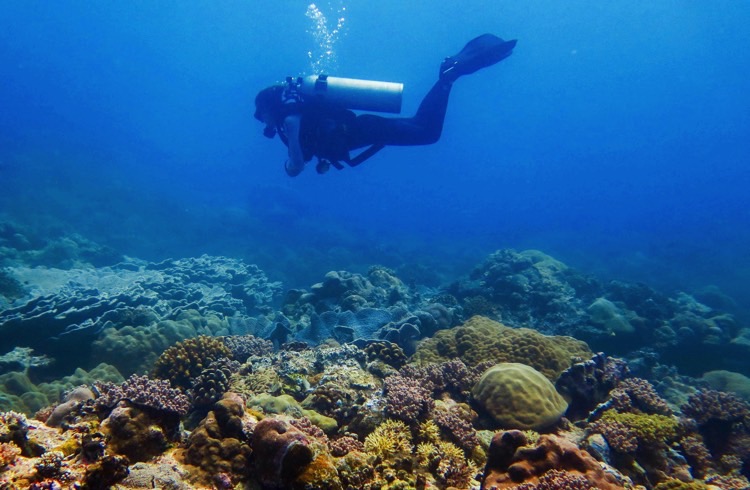
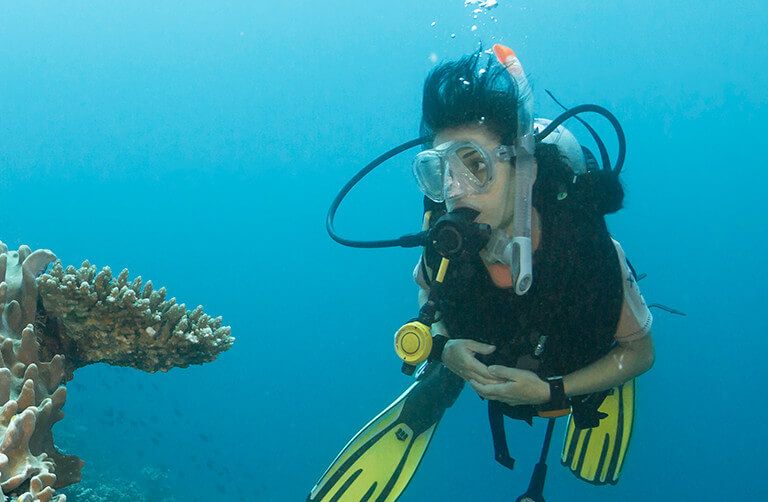

No Comments